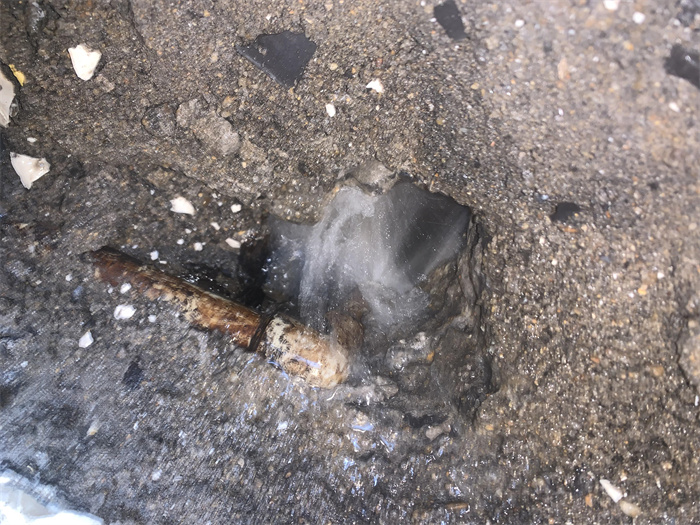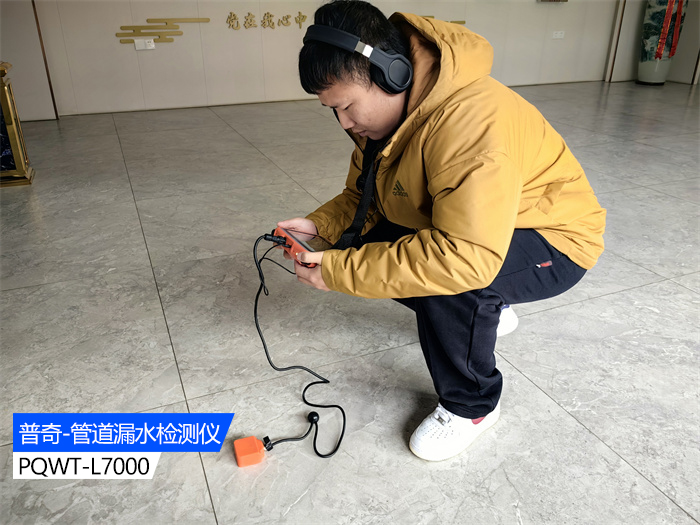When house leaks occur frequently, they not only affect water use, but can also lead to damage to the house, such as moldy and peeling walls, or even water seepage downstairs affecting the neighbors. So after the leak occurs, how to find the cause of the leak, to determine whether it is a water pipe leakage or other causes of leakage?

First of all, you need to understand the structure of the leaking part and the layout of the pipeline. If the leak is in a place that does not pass through a pipe, then the leak may not be caused by a leaking water pipe, but by a damaged waterproof layer. Normally, water pipes are not prone to leakage, unless the interface is loose, aged or damaged during renovation and construction. Pipes are generally divided into cold water pipes, hot water pipes and floor heating pipes.
To determine whether the cold water pipe leakage, the best way is to re-perform the pressure test. You can use a special pressure pump to carry out a water pressure test, first close the main valve of the pipeline, and then use the pressure pump to pressurize the pipeline, when the pressure reaches 8 to 10 kilograms, wait for half an hour to observe the pressure change. If the pressure stays undiminished, then you can be sure that the water pipe is not leaking. And if there is a leak, the leaking area will usually be very obvious, and it is also difficult to maintain the pressure for a longer period of time.
Under normal circumstances, if a leak is confirmed in a pipe, the pressure gauge will usually drop in pressure for a short period of time. If it is determined that there is a slow leak, you can stop the piping run and allow the surface of the piping to cool down before filling the pressure with hot water and closing the valves on each circuit on the manifold one by one, observing the pressure gauge and confirming that there is no change in pressure.
Next, you can open the valves of each circuit one by one, and observe which circuit shows obvious pressure drop, usually this circuit is the leakage circuit. After determining the leakage circuit, you can excavate the wall to repair the leaking pipe, and the best way is to replace the leaking pipe. It is also necessary to waterproof the pipes and the pipe recesses in the wall to prevent the pipes from deteriorating and leaking again.

To determine if a hot water pipe or underfloor heating pipe is leaking, you can use equipment such as a professional pipe leak detector. In addition, water leakage detection methods include area-mounted meter method, listening method, acoustic vibration method, infrared method, tracer element method, and so on. These methods are essentially through the detection of water leakage caused by a certain effect to determine the location of the leakage, in which the sound method and sound vibration method is currently widely used. Listening to the sound method refers to the use of a variety of listening instruments and other equipment to listen to the sound of water leakage, and according to the size and characteristics of the sound to determine the location of water leakage.
It is important to note that dealing with water leaks in your house may involve complex repair works. If you do not know much about the process or are unable to make proper repairs, it is advisable to consult a professional or contact a plumber to carry out the repair process to ensure the quality and effectiveness of the work.








